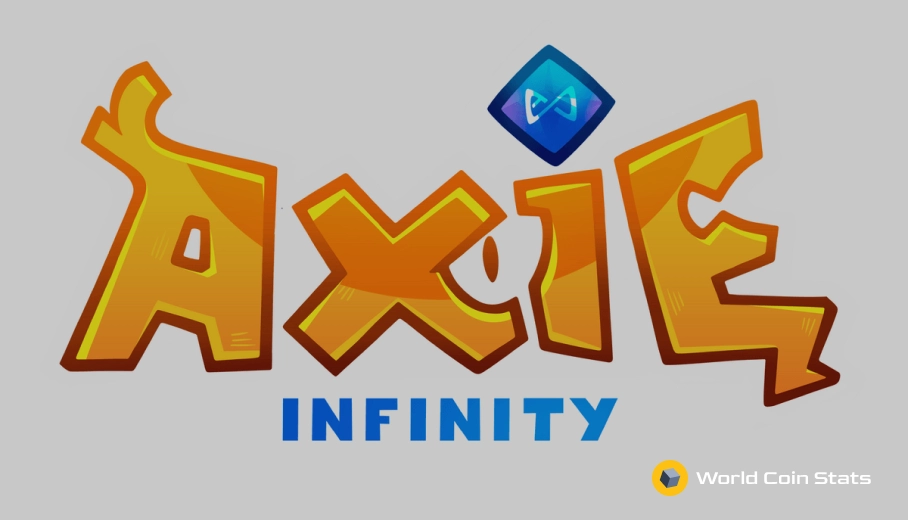The Dark Future For Layer 1 Protocols
Layer 1 protocols are the protocols that made cryptocurrency and blockchain technology the behemoth that it is today. These are the protocols that many of the layer 2 protocols that we all know and love (Lightning, Uniswap, etc.) use as their foundation.
Unfortunately, the future of layer 1 protocols in cryptocurrency looks grim.
This article will cover the reason that layer 1 protocols are on the way out and layer 2 protocols are the future of blockchain technology.
The Problems With Layer 1 Protocols
First, we would like to clarify that there is nothing inherently wrong with Layer 1 protocols. Remember, all the most popular cryptocurrencies are layer 1 protocols. And these protocols were necessary for the success of the industry.
That said, layer 1 protocols do have a few glaring problems that will likely lead to their demise as layer 2 protocols slowly take over the industry.
User Adoption of Layer 1 Protocols is Low
The first problem with layer 1 protocols is that user adoption of them is rather low. This makes sense for a pretty simple reason:
Users do not want to go through all the extra effort of setting up a new wallet for a new blockchain. That’s really all there is to it.
Layer 2s offer a much better solution by allowing the user to use the same wallet that they use for a popular layer 1 (ie. Ethereum) for all the different protocols on that blockchain. For instance, a user just needs an Ethereum wallet to have access to all the different DeFi protocols on the Ethereum blockchain.
That is much more efficient than having each separate protocol be its own layer 1 protocol with a separate wallet, transaction fees, and all the other problems that arise with that.
In simple terms, it’s just less friction for users to use layer 2s rather than layer 1s.
Decentralization of Layer 2 Protocols is Easier
The other problem with a layer 1 protocol is that they often devolve into centralization if they set out to solve problems that are typically solved on a layer 2.
Again, the reason for this is rather simple. Layer 2 protocols typically involve decisions that require governance (ie. staking rewards), which causes centralization at some point. That is not too much of a problem on layer 2s, but it becomes a much bigger problem on layer 1 protocols that try to do too much.
Remember, if a layer 2 collapses because of centralization or bad governance, then an alternative will simply reappear somewhere else on the blockchain. On the other hand, a layer 1 collapsing due to governance problems assures that the entire project will fail.
We’ll put it this way – it’s better to have some level of separation between the blockchain (layer 1) and the problem the blockchain technology can solve (layer 2).
What Will Happen To Layer 1 Protocols?
In the short term?
Nothing major will happen to layer 1 protocols – they will still exist and have some amount of users.
The problem arises in the long term. Basically, the cryptocurrency scene is turning into a race to see which blockchain can support the most amount of DeFi protocols (layer 2) without collapsing. At the moment, Ethereum is the clear winner of that race to become the dominant layer 1 of DeFi.
However, Ethereum is facing major problems with scaling their blockchain to meet all the demand that DeFi will bring to the Ethereum blockchain. It remains to be seen if Ethereum will be capable of rising to the task of powering DeFi.
As for Bitcoin?
Bitcoin is a layer 1, but it’s a very special case as it was the first cryptocurrency and blockchain technology. It will likely always serve as a store of value, and it also has the Lightning Network as a layer 2 that allows for fast, low cost transfers across the Bitcoin network.
Anyway, in the long term future there will only be a handful of layer 1 protocols with a massive amount of layer 2 protocols built on top of them. All innovation will occur on the layer 2s and the layer 1s will remain mostly untouched. Though occasional updates might occur to increase the efficiency of the layer 1.
Final Thoughts
That covers it for the future of layer 1 protocols – it’s a dark future ahead for them in the long term. In our opinion, we do not see much of a future for more than a handful of layer 1 protocols due to complications with user adoption and the tendency of layer 1 protocols to become centralized over time.
This means the best course of action is to hold onto the few layer 1 cryptocurrencies you believe will succeed (Bitcoin, Ethereum, etc.) and not to hold the rest.




